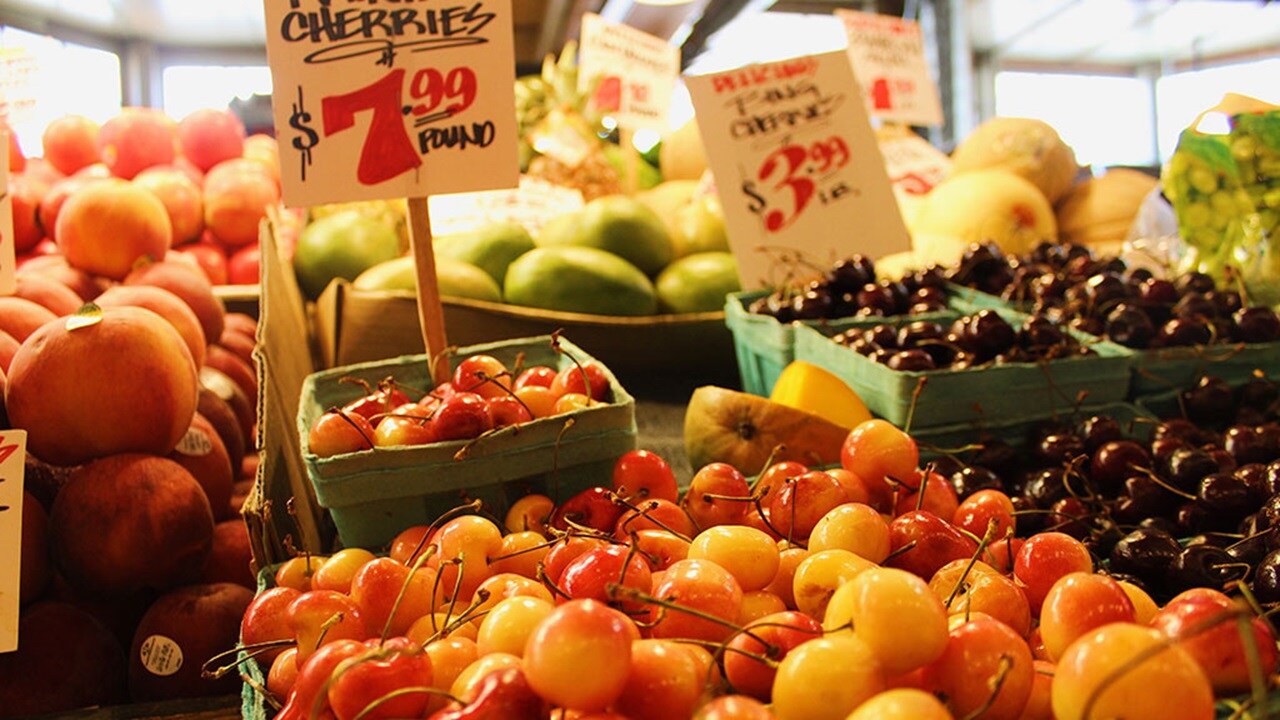Keeping supply chains' links unbroken is integral to the success of industries and economies worldwide. With cold chain logistics, a break in the links could be the difference between an on-time delivery or a shipment of wasted goods. Thus, it is of utmost importance that refrigerated cargo's cold chain remains unbroken. One way to ensure an unbroken cold chain is by predicting demand and planning accordingly. By anticipating demand, suppliers can arrange to have available cold storage for their goods at delivery, and at the same time they can more thoughtfully manage costs, reduce waste, and allocate stock where it is needed.
What is demand forecasting in logistics?
At its core, demand forecasting is estimating the amount of products or services that consumers will purchase, often aided by the use of quantitative data. For example, ahead of the Christmas season, it would be reasonable to assume that certain seasonal products like ham or duck would be in higher demand than usual. This kind of forecasting comes about by utilising a mixture of data such as historical sales data, current data from test markets, website activity, and search activity; amongst numerous other methods.
When it comes to the logistics industry, demand forecasting can help businesses to plan ahead in order to get their products where they need to go, on time. Additionally, with the help of a truly integrated logistics provider, businesses can be more resilient and not only be equipped with the knowledge of forecasted demand, but also act with agility, able to pivot their shipments and warehousing to accommodate the needs in different markets.
How to achieve an agile supply chain for fish and seafood with demand forecasting
Science and technology publication New Scientist reports that the world's demand for fish is expected to nearly double by 2050. Due to improvements in quality of life and affluence in several key countries (most prominently China and India), there is huge room for growth within the fishing industry. Research and Markets confirms this, explaining that developing countries are expected to account for more than 80% of new seafood consumption by 2030.
Making sure that the links of cold chain logistics are unbroken is exceptionally important for the production, transportation, and sales of fish and seafood. With such a boom in forecasted demand, not only will fishers and fisheries have opportunities for growth, but so will companies supplying cold chain warehousing solutions. In order to meet this doubled demand, truly integrated logistics providers will be tasked with the key responsibility of ensuring that the fish and seafood is transported and stored at proper temperatures to these emerging markets, every step of the way.
Get ahead of demand in fruit and vegetable supply chain management
According to the Food and Agriculture Association of the United Nations, 45% of all fruits and vegetables are wasted globally. This waste is harmful to the environment and can add up to billions of dollars in losses for grocers. However, demand forecasting can be one key way in supply chain management to ensure the right fruit and vegetables end up in the right places, and at the right time.
Considering factors like seasonality, demand forecasting in logistics can get companies one step closer to ensuring that highly perishable items, that are only available for short periods of the year, find their end-customers. For example, cherries are integral to Chinese New Year celebrations; so, demand forecasting can help farmers, packers, logistics providers, and retail locations know when the fruit needs to arrive in the refrigerators of the grocery store and in good condition. Even if the cherries are only one day late, there is a good possibility many of them will go to waste. However, combining the power of demand forecasting with partnership with an integrated logistics provider can help avoid such fates, as logistics providers can help find new routes and modes to get produce to market on time.
Additionally, when it comes to selling fruits and vegetables, appearance is everything. Demand forecasting in logistics will allow for a more seamless coordination between the links in the cold chain, as different parties can communicate before problems occur, meaning that the produce will reach store shelves looking its best.

Importance of supply chain demand planning in pharma
In the pharmaceutical industry, the delivery of vaccinations has been under extreme focus for several years now. Knowing how many vaccinations will be needed, at what time, and where, is exceptionally important for the health of communities. As we saw with the global rollout of COVID-19 vaccinations, the right number of doses at the right time can make or break a public health campaign.
When talking about demand forecasting in vaccination logistics, a main issue is that there are either too much, or not enough product at inoculation sites. When communities do not have enough vaccines to inoculate their population, diseases can spread quickly and even mutate to infect those already vaccinated. On the other hand, if there are too many vaccinations, cold storage can become an issue. Or, as was seen in Canada and India, doses can expire and be wasted. This is particularly problematic when other countries around the world require the exact drug that has been oversupplied elsewhere, leading to unnecessary illnesses and in the absolute worst case, loss of life.
In a 2016 study published by the National Library of Medicine in the peer-reviewed journal Vaccine, researchers found that implementing a demand forecasting system with additional storage and transport frequency increased the number of administered vaccine doses, while also lowering the logistics cost of each dose by up to 34%. Vaccines Europe, a specialised group within the European Federation of Pharmaceutical Industries and Associations, echoes the importance of demand forecasting. They explain that "long-term and accurate forecasting of worldwide vaccines demand is an important factor for the successful launch of new vaccines or securing sufficient supply of existing vaccines, especially in a complex and highly regulated environment...Vaccines Europe welcomes European initiatives that could result in an improvement of forecasting of vaccine demand, in order to minimise mismatch between supply and demand."
Lastly, in its greatest iteration, demand forecasting has the capacity to reduce the need for air freight for good with short shelf-lives, like pharmaceuticals. This reduction in air freight would not only be financially beneficial to providers, but also environmentally advantageous.
Cold chain demand forecasting for growth
With narrow windows for fruit and vegetables to be sold, an amazing opportunity ahead for the fish industry, and public health on the line; demand forecasting, combined with the abilities of a truly integrated logistics partner, can make or break the viability of cold chain logistics. With the capabilities to reduce waste and meet demand, companies that integrate demand forecasting and integrated logistics into their supply chain are likely to overcome setbacks and become reliable partners to their end-consumers, leading to long-term growth and resilience.
未来,您想随时了解必读行业趋势吗?
您已经完成了,欢迎“登船”!
很抱歉,发送您的联系请求时出现问题。
请查看表单字段,确保所有已正确填写所有必填信息。如果问题仍然存在,请联系我们的支持团队以获得进一步的帮助。
未来,您想随时了解必读行业趋势吗?
使用此表格注册,即可直接在您的邮箱中接收我们的洞察见解,进入一个真正的综合物流世界。简单操作,即从我们为您量身定做的精选文章中获得启发,了解相关行业洞察信息。您可以随时取消订阅。













